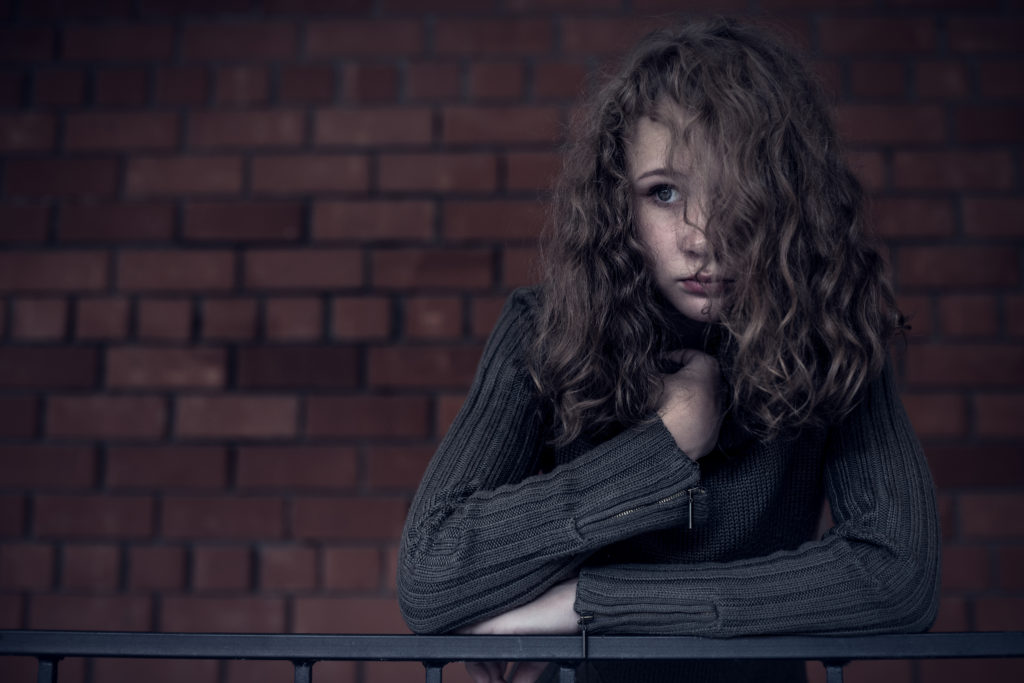With the coronavirus are your kids feeling anxiety?
Today I want to help by giving you a better understanding of what’s happening, with their emotions and how to best support their feelings of fear.
Children’s brain works differently than adults. Namely, their prefrontal cortex or their thinking brain is not fully developed and does not govern their thought, behaviors, and emotions as well as an adult.
But this is also useful because you can use more creative and non-logical approaches that actually have a more profound influence on their emotional minds.
If this sounds useful to you then come and learn about kids and anxiety.
Hi, I’m Brett, your favorite shrink. I am a psychotherapist and executive director of the non-profit the Gathering of Good People. The Gathering is dedicated to helping you grow, emotionally, relationally, and spiritually.
Today I am creating a new blog for a series called, ANXIOUS. Anxious is all about anxiety and how to deal with our fears, particularly now with the coronavirus, covid-19.
Here’s the situation; a mother calls about her son who she’s worried about her 10-year-old son who’s anxiety had increased over the coved-19. The son has been seeing the news about people getting sick and dying. He had fears before but this situation has made it worse.
As I talk with the young boy what becomes clear is that he has seen images on the news, and he has transferred those images to his own family. He saw a man sick in a hospital bed with tubes and machines hooked up to him. That picture then was shifted to seeing his father or his mother sick in a hospital bed.
The images from the news set off his anxieties and he started to worry about his parents or family getting sick.
Both mom and dad tried to reassure him that all was well. “We’re not sick, everyone in the family is fine.” But their words did very little to help his fears.
Why didn’t their words work? Because the boy’s problem was a picture in his head that was causing anxiety. The words only described the picture.
This image was the key to helping his anxiety. He used words to express his fear, “I’m worried that you or dad is going to get sick.” However, the words were not the problem.
What I did next was pretty fun. To help the boy I focused on shifting the image in his head. I had him shift his thinking by focusing on his creative brain and not his thinking or verbal mind.
The left neocortex and prefrontal cortex are where we form words and do most of our logical thinking. That’s the brain that adults use. But this is an underdeveloped part of the brain for children.
I tap into his right neocortex, his creative mind. This child’s anxiety was coming from a picture he created in the head of his family being sick in bed. These images are what triggers his emotional mind, and produce his feelings of anxiety.
The Limbic system is a reactive brain and not a thinking brain therefore it does not know the difference between the imagination and reality. When the child thinks about his parents being sick, he sees it in his mind and those images trigger feelings of fear as if it is really happening.
The first thing we did was to take the image he created and begin to change it. He was no longer seeing the picture that was on the news, it was now an image where he was standing in the hospital room looking at his parents in bed.
I had him shift the picture he created back to seeing it on a screen. I had him shift his perspective from the first person, seeing it as if he was in the room, to the third person, seeing it through the eyes of a camera.
Right away that helped him feel calmer.
Then he shifted it again by shrinking down the image. We changed it to black and white and even turned it upside down. After all the modifications his feelings were calm. The picture had even changed back to being something that he saw on the news, and not his family.
By the end of the session, the boy was free of his anxiety because he was free of the source of his fears, his mental images, and not his inner dialogues.
Please don’t attempt to do therapy with your children, see a professional for the treatment of anxiety. But I am sharing these ideas as a way to understand how children think. And to provide suggestions as to how to help with anxious thoughts.
If you want more resources please go to GatheringofGoodPeople.com Under the resource tap, I have a book written for children with anxiety, Xaler, and the Dragon.


